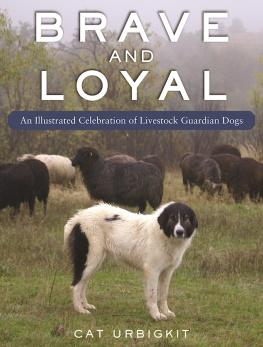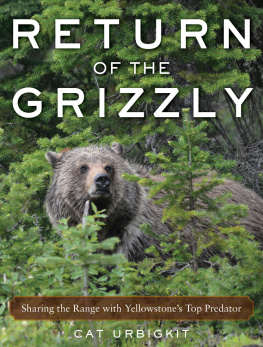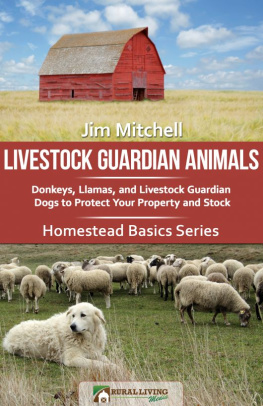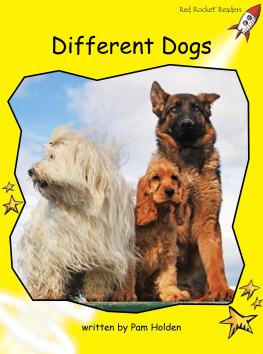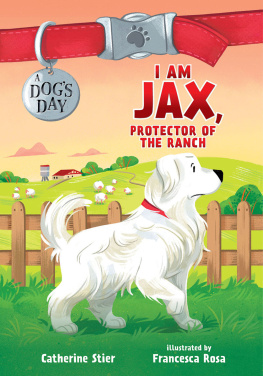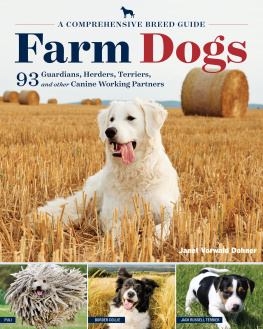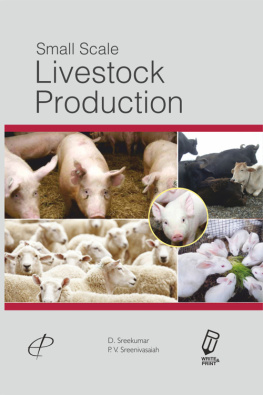Copyright 2016 by Cat Urbigkit
All rights reserved. No part of this book may be reproduced in any manner without the express written consent of the publisher, except in the case of brief excerpts in critical reviews or articles. All inquiries should be addressed to Skyhorse Publishing, 307 West 36th Street, 11th Floor, New York, NY 10018.
Skyhorse Publishing books may be purchased in bulk at special discounts for sales promotion, corporate gifts, fund-raising, or educational purposes. Special editions can also be created to specifications. For details, contact the Special Sales Department, Skyhorse Publishing, 307 West 36th Street, 11th Floor, New York, NY 10018 or .
Skyhorse and Skyhorse Publishing are registered trademarks of Skyhorse Publishing, Inc., a Delaware corporation.
Visit our website at www.skyhorsepublishing.com.
10 9 8 7 6 5 4 3 2 1
Library of Congress Cataloging-in-Publication Data
Names: Urbigkit, Cat, author.
Title: Brave and loyal : an illustrated celebration of livestock guardian dogs / Cat Urbigkit.
Description: New York, NY : Skyhorse Publishing, 2016.
Identifiers: LCCN 2016033457 | ISBN 9781510709102 (hardcover : alk. paper)
Subjects: LCSH: Livestock protection dogs.
Classification: LCC SF428.6 .U737 2016 | DDC 636.737--dc23
LC record available at https://lccn.loc.gov/2016033457
Cover design by Tom Lau
Cover photo credit: Cat Urbigkit
Print ISBN: 978-1-5107-0910-2
Ebook ISBN: 978-1-5107-0911-9
Printed in China
Contents
Preface
A celebration of working livestock guardian dogs is long overdue. This book exalts the dogs that live and work across wild landscapes, and have done so for thousands of years. Within these pages you wont find photos of well-groomed guardians with famous names aligned with champion lineages. Instead, youll meet typical working guardians from around the globedogs that face fierce predators so that their flocks are not met with harm.
Livestock guardian dogs are often promoted as a nonlethal means of deterring predators, which is only partly true. Most encounters between guardian dogs and predators result in the dogs disruption of the wild predators hunting behavior, with the predator fleeing the encounter. That is the case with most encounters, but not all. In other cases, livestock guardian dogs kill predatorsbe they coyotes, bears, or wolves. At times, its a matter of kill or be killed.
Guardian dogs are canine warriors to those that would dare threaten the guarded. Yet it is the dogs deep devotion to a weaker species that is the motivation driving the use of such physical force. To watch a guardian as it gently noses a newborn lamb is to witness a perfect link in natures evolutionary chain. Several centuries ago, a naturalist impeccably described the guardian dog as the only animal born perfectly trained for the service of others.
While this volume barely begins to address the complexities and accomplishments of the working livestock guardian, it is my humble offering in honor of this noble beast.
CHAPTER 1
NEVER PERFECT

The authors domestic sheep flock grazes in private pastures in the southern Wind River Mountains in the fall of 2013.
T he wolves arrived in the darkest hour of night. They traveled through the rain, tongues lolling from open mouths, trotting swiftly on long legs, toes splayed in the mud as they gripped for traction, leaving massive paw prints behind as the only sign of their presence. Easily clearing the pasture fence in one powerful leap, the smaller gray female and the large black male were intent on returning to the sheep flock for an easy meal.
The wolves had hit the herd the night before, again under the cover of darkness. After spending the day dealing with the carnage of seven dead sheep, and two others that were so severely wounded only a bullet to the head could end their suffering, I had prepared for the wolves return. Heavy overcast skies had left the valley shrouded in a gray gloom while I worked with Hud, one of our herding dogs, to bunch the sheep herd against the far corner fence, hurrying as the last rays of light dipped behind the mountains. Hud and I sat side by side on the ground facing the herd in a soft drizzling rain, waiting for the sheep to settle as darkness fell.
Rena was there to meet them when the wolves leapt into the pasture. One-hundred thirty pounds of determined Akbash sheep guardian dog, she met the wolves head-on, brawling in the distance from the herd, in the darkness, in the rain. When the wolves attacked, Rena could face one, as the other attacked her rear. The wolves sunk their teeth into her haunches, nearly severing her tail at its base and biting her tender underside. Fighting for both her own life as well as the lives of her sheep, Rena battled on, keeping the wolves from reaching the herd. The dog warrior returned successful, staggering as she brought her wounded, bloody body back to collapse at my side just before the sun began rising over the jagged granite face of the Wind River Mountains.
It was September 2013, and I had been camped with the herd as it grazed a series of private pastures in the foothills of Wyomings southern Wind River Mountainspastures that have been used by domestic sheep flocks for more than a hundred years. Our small herd was protected by the three burros that are always present, and by a group of livestock guardian dogs. The range here is fluid and complex, with thousands of sheep and their guardian dogs coming and going, as well as the shepherds that accompany them. The sheep flocks carry the same genetics, and Ive raised many of the guardian dogs that use this rangeland that covers countless square miles, some of which is divided into pastures, while others are allotments that include public land.

Rena at work on the sagebrush steppe of Wyoming, prior to her battle with wolves.
That weekend there were about a thousand sheep grazing in a two-mile area, with at least six livestock guardian dogs. The sheep spread out to graze during the day, but bunch up together to bed at night. Where each dog was located with any bunch of sheep at any given time was fluid. Wed had a lot of bear activity, and the dogs had done a fantastic job of keeping the bears out of the sheep in this area.
One night a few weeks prior, when a bear got into a nearby cattle herd, two of the dogs from my bunch raced to the rescue, as did another guardian dog that came from the south. The two dogs returned to my bunch within about forty-five minutes, and the third dog returned to its station to the south. Rena, our five-year-old Akbash female, had stayed with my sheepthe only reason I know this much is because I was sleeping on the ground next to the flock that night, as I often do. I had believed that if we had problems in the sheep, it would probably be with wolves. When both black bear tracks and grizzly bear tracks were found the next morning, I gave up sleeping under the stars, and started using a tent as a more visible sign of human presence. The only wolf tracks that were found were old, but it quickly became evident that bears were a constant presence. Two of the Akbash dogs with my flock were particularly enthusiastic at hazing bears away.

